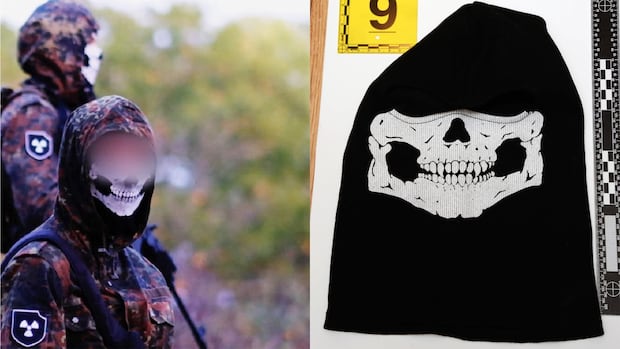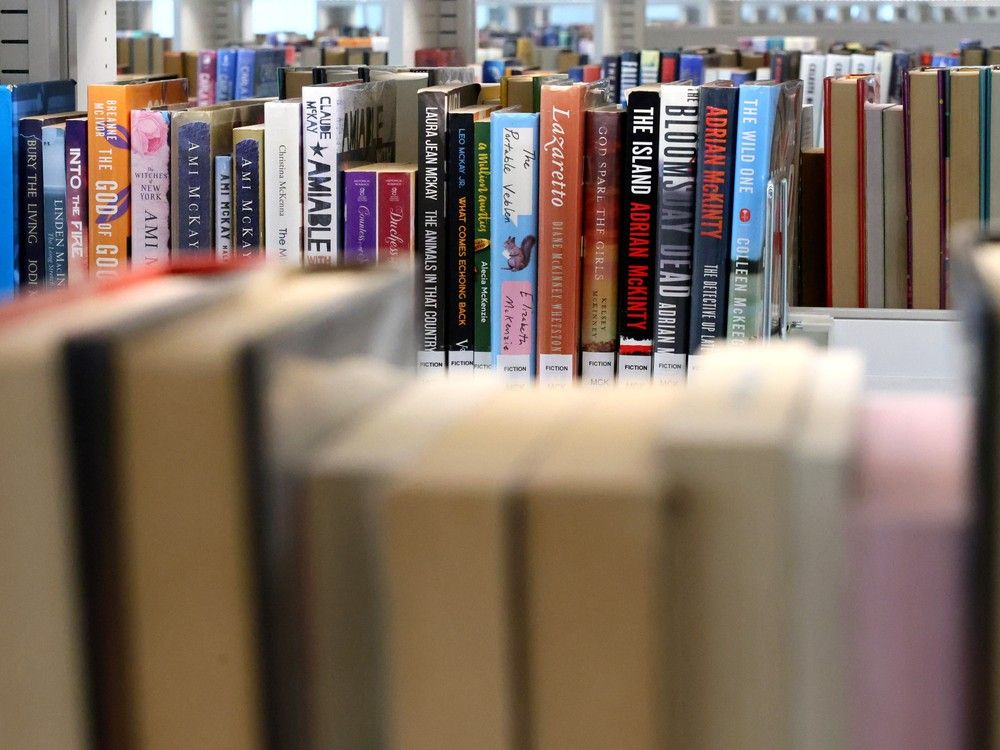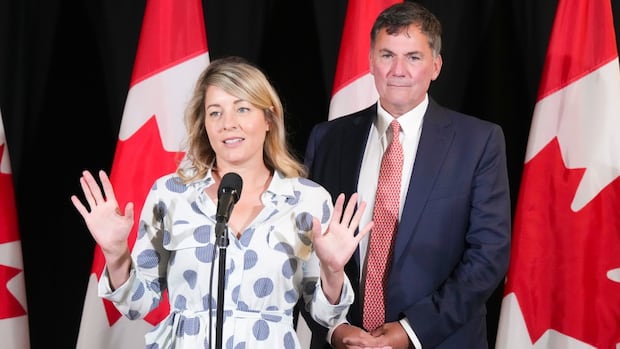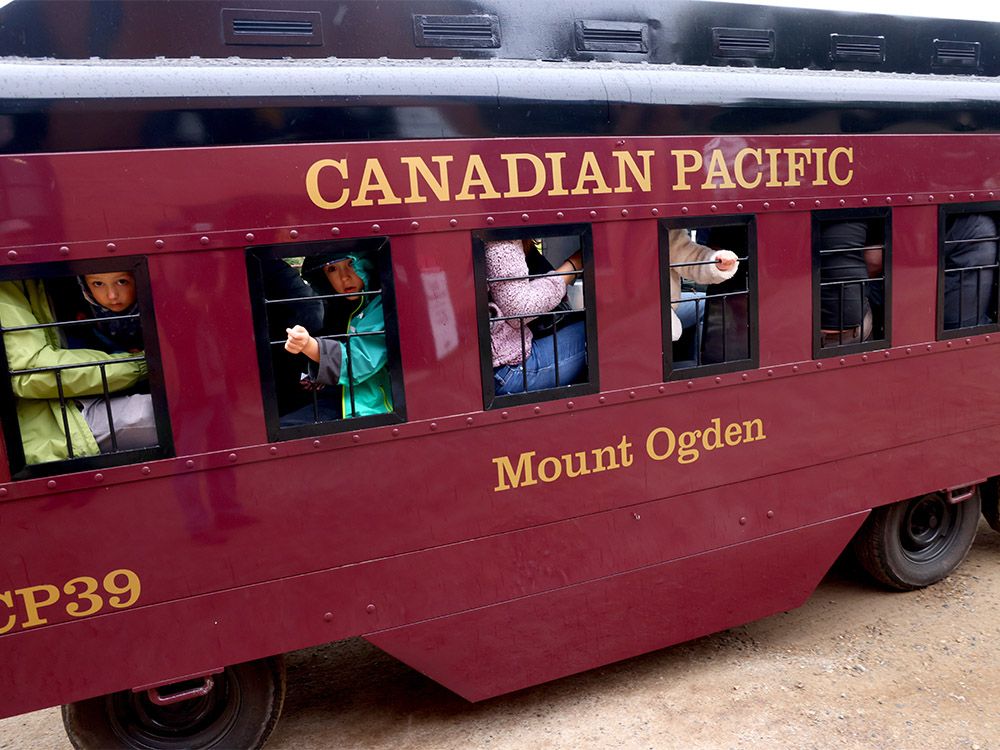Rohingya man whose mother was abducted calls for refugee pathway to Canada

John Jonaid never got the chance to see his family before he fled his home country in 2012.
He’s not sure if he ever will again.
“I live in a constant fear and anxiety every day that anything could happen to my family [at] any time,” he said.
Jonaid, originally from the Rakhine state of Myanmar, is a Muslim Rohingya — a member of an ethnic minority group in the Buddhist-majority country that has been left stateless there since 1982. He’s one of close to a million Rohingya who fled their homes in Myanmar after decades of persecution and murder. Many have poured into highly congested and squalid refugee camps in neighbouring Bangladesh since a military-led crackdown in 2017.
Jonaid left Myanmar for Canada five years ago. He is now a permanent resident living in Ottawa, watching events in his homeland with a growing sense of alarm.
“I dream for a better future, like everyone else,” he said.
Mother abducted, held for ransom
In recent days, Myanmar’s military has withdrawn from Jonaid’s home state and the rebel Arakan Army (AA), made of Rakhine nationalists, has advanced. There are reports of hundreds of Rohingya civilians being killed and homes being burned, Jonaid said.
Rohingya people in Myanmar face death every day, he said — including his family members.
In June of this year, Jonaid said, members of the AA visited his mother’s home in the middle of the night and abducted her.
He said the AA told his mother they were aware of her son’s public statements about the Rohingya genocide and the insurgent group’s actions in the region.
“I couldn’t sleep that night,” Jonaid recalled.
He said his father was able to negotiate her release a day later for a $3,000 ransom and a promise that Jonaid would keep silent.

“I should have stopped my [advocacy] work, my activities, otherwise my family life will be in danger,” he said.
While his mother is no longer in captivity, Jonaid said, she is far from safety in Myanmar.
Jonaid said she has diabetes and can no longer travel freely to Bangladesh to access medication. He said she has had to smuggle herself into Bangladesh several times, facing the risk of arrest and being dropped back into Myanmar on the shores of the Naf River, which Jonaid described as a war zone.
He said his mother has since made her way back into Bangladesh, where she is currently in hiding.
“We will not be able to survive this time because there are no more Rohingya villages left and Rakhi Army state [is] killing everyone,” said Jonaid’s mother, 55-year-old Shaynaz Begum, in a video call from an undisclosed location, with her son translating.
“My home is burned down now. We don’t have any home left in Myanmar. Coming to Canada will help me survive, live my life.”
As the country continues to slide further into turmoil, those Rohingya still in Myanmar or in refugee camps in neighbouring countries are desperate for humanitarian aid from the international community, including Canada.
The federal government launched a three-year strategy in 2018 to provide assistance in response to the crisis, and extended it by another three years in 2021. But Ottawa has yet to name a replacement for Bob Rae as special envoy to Myanmar.
CBC News asked Global Affairs Canada when it would name Rae’s replacement but hasn’t received an answer yet.
“Right now, there’s uncertainty [about] what Canada’s role is.” said John Packer, a law professor and director of the Human Rights Research and Educational Centre at the University of Ottawa.
“Canada has not clarified in its last budget — is it contributing anything anymore? Does it have any intention of doing so?’
And the Rohingya in Myanmar have not benefited from the sort of mass refugee resettlement efforts Canada and other countries have offered to people fleeing conflicts in Ukraine and Syria.
Packer said there are “less than 1,000 Rohingya in all of Canada out of a population of three million.”
“Normally, you have to make a claim of asylum in the first country you arrive in that offers you some protection. So getting to Canada is almost impossible for most Rohingya,” he added.
Jonaid said that needs to change. He and other advocates are calling on the federal government to create a dedicated immigration pathway to make it easier for Rohingya refugees to come to Canada.
Without one, he said, too many of his people face being slaughtered.
“There [is] no support for Rohingya on the ground. They are literally dying in this merciless land,” he said.
In an emailed statement, Immigration, Refugee and Citizenship Canada spokesperson Matthew Krupovich said the federal government “remains deeply concerned by the persecution of Rohingya communities in Myanmar.”
He pointed to Canada’s plans to resettle 12,000 people from Asia between 2024 and 2026, including Rohingya refugees.
Krupovich did not say how many Rohingya the government expects to resettle or if Ottawa plans to create a dedicated pathway for those refugees.




